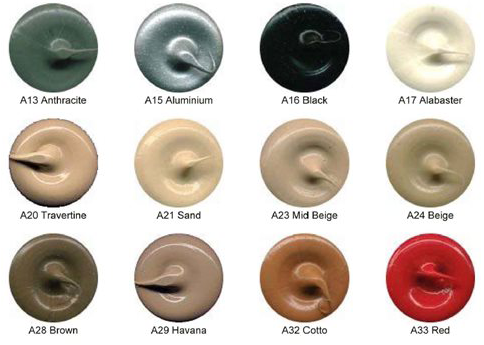Caulking
After the grout had it's time to to set, caulking is the next step using a clear or colored sealant that matches the grout/tiles. The last process is sealing tiles and grout (sealing tiles like marble, porcelain, sealing grout joints).
Caulking is done to allow for expansion of joints ie. between wall tiles and the ceiling, between wall tiles and the floor, between floor tiles & cupboards, and where the 2 walls meet. Different types of silicons are used for caulking depending on the tile material, grout material, color and environment.
Acetic based silicone used for ceramic tiles, porcelain tiles or any other glazed, vitrified or polished porcelain.
Neutral cure silicone used for low density material (marble, stone, blue stone, lime stone, travertine, terracotta, etc.)
Acrylic silicone used for any type of tiles in a dry environment. Not suitable for wet areas.
Polyurethane sealant used for any type of material, interior, exterior, wet/dry areas. Mostly used as substrate for waterproofing purposes usually in combination with fabric or fiberglass tape.
After caulking, sealing the tiles is the next recommended process. As most of tile materials does not need any sealing, the grout being colored fine cement will need at least 2 coats of clear penetrative sealer. This will prevent water from sipping through, will make cleaning less difficult and will maintain grout's initial color for a lot longer.
Tile materials that needs sealing
Marble, stone (blue stone, lime stone, sand stone..), travertine, full bodied polished porcelain tiles (most are factory sealed), concrete tiles, pavers etc.
We provide polishing and sealing services for all tile materials above mentioned.

